Environmentally Conscious Organizing
This post may contain affiliate links provided for your convenience. We earn commissions if you shop through the links on this page. I am also an Amazon Associate and earn from qualifying purchases Read my full disclosure policy.

I love a gorgeous magazine-worthy organization photo as much as the next professional organizer. Making earth-friendly choices is also important to me. It is possible to create a beautifully organized space and do it in an earth-friendly way. Environmentally conscious organizing is a matter of choices. It doesn’t involve any additional costs, in fact you may very well save money organizing in an environmentally conscious manner, but it does involve considering each decision you make. But then it’s worth a bit more research and thought, isn’t it?
I’ve noticed lately that too many people are collecting organizing bins, baskets and gadgets. While there’s nothing inherently wrong with an organizing product, we should all think twice before simply just buying more stuff, even if it organizing products.
Environmentally Conscious Organizing
Environmental Factors to Consider
- Are There Alternative Items You Can Repurpose or Reuse?
- Before purchasing new organizing products, consider whether you already have items that could be used to organize.
- Consider whether there are second-hand or repurposed options available to be used for organizing.
- Materials Used to Manufacture Products
- Look for organizing products made from sustainable materials.
- Look for products that can be recycled at the end of their lifespan.
- Look for materials that will not negatively impact your health.
- Environmental Impact of Manufacturing
- Consider the impact on the environment during the manufacturing process of the organizing products.
- Consider the impact on the health of manufacturing workers of the materials and manufacturing process.
- How Responsible Manufacturers Are
- Transportation and Fuel Expenditure to Ship Products to You
- Choose products that are manufactured in your area, country or continent to minimize the fuel expended in transportation.
- Choose products that are transported via more environmentally conscious modes, if available.
- What Will Happen to the Organizing Item When You Are Done with It?
- At the end of the item’s lifespan, what will be done with it?
- Can the item be recycled?
- Does the item have a hazardous impact on the environment if it is thrown away.
Tips for Environmentally Conscious Organizing

- Buy Less Stuff
- Rather than purchasing excessive amounts of schtuff, be purposeful and thoughtful about your choices.
- The less stuff you own the less space it requires, the less utilities required to maintain all the stuff and the less environmental impact your belongings will have.
- Please pause here a moment and let this sink in. You have control over how much you add to your belongings, your consumption and the impact it has on the environment. Make responsible choices and often that means buy less.
- Declutter
- Almost all of us can afford to declutter items from our spaces. When we declutter, we require less space to store items so we can live in smaller homes that have a smaller impact on the environment.
- When we live in smaller spaces, we require less utilities and have less impact on the environment.
- When we declutter, it allows us to better care for and maintain our homes so that we have less of a negative impact on the environment.
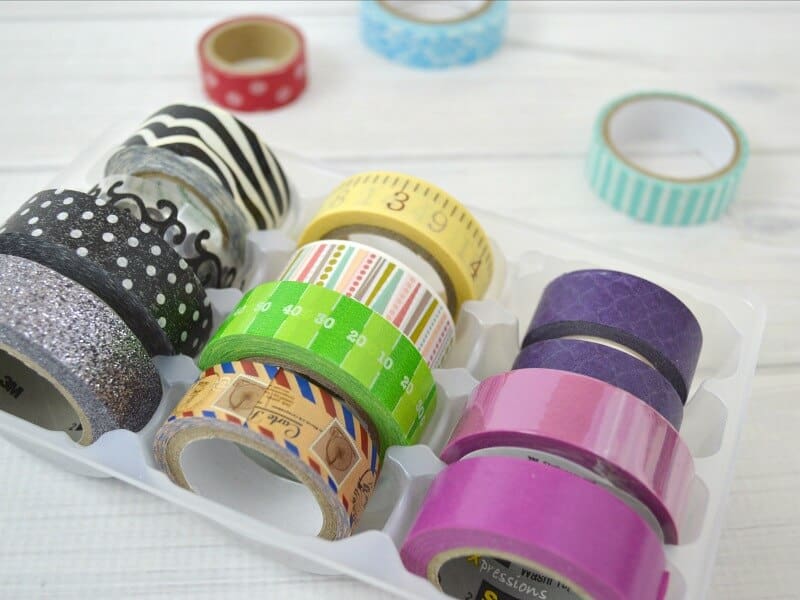
- Repurpose
- As you declutter, consider whether you can reasonably repurpose items.
- For example, a shoe box or empty glass food jar can be repurposed into organizing containers.
- I have shared many repurposed organizing ideas that you’ll find inspire you to find new ways to repurpose items you are decluttering.

- Donate
- If you do not have a use for an items, can it be used by someone else?
- Pass the item along to family or friends, if they can use it and would like it. Don’t burden them with your clutter if will only become their clutter.
- Donate items to charitable organizations that will find new homes for them.
- When you donate items, you have an earth-friendly impact by:
- Keeping the items out of the landfill.
- Eliminating the necessity to purchase and thus produce that item new.
- Since a new item does not have to be manufactured, you’re saving the materials and energy required to produce and transport the item for sale.
- Recycle
- If the item can not be reused, can it be recycled?
- Always check the recycling restrictions and rules for your area.
- Recycling reduces the impact on landfills.
- Trash
- Some items just have to be thrown away, for example expired food. Consider whether part of the item can be recycled.
- Throw away expired food and recycle the can or jar.
- Tear the cardboard backing from product packaging and recycle the cardboard
- Always check your area’s guidelines for the disposal of hazardous items like paint, solvents, batteries, and more.
- Some items just have to be thrown away, for example expired food. Consider whether part of the item can be recycled.
How to Organize in an Earth-Friendly Manner
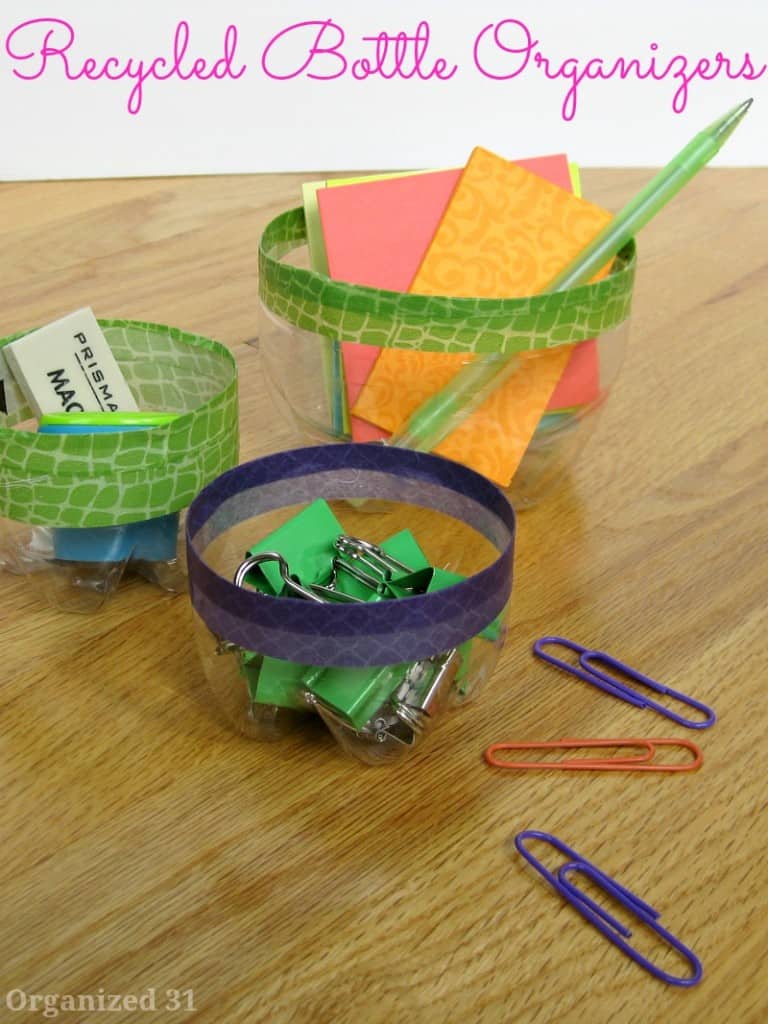
- Use Repurposed Items to Organize
- Use your own repurposed organizing bins and tools in your home. Often you will find that you have unused baskets and bins in one part of your home that can be put to use in your current organizing project.
- Before you throw items into the recycle bin, look them over and see if you can use them as an organizing tool.
- Empty boxes can be covered with paper or fabric to create custom organizing bins.
- Glass food jars can be used to organize your pantry and craft room.
- Check out more of my repurposed organizing ideas.
- Check your local thrift stores and freecycle groups. You’ll often find great organizing bins, baskets and tools, some will even still have the tags on them.
- Purchase Organizing Products that Are Manufactured in Your Area
- Purchase Organizing Products that Are Made from Renewable Resources
- Remember that Organizing is About Function Not Shiny New Organizing Products
- Again, I love to look at those lovely, drool-worthy Instagram and Pinterest organizing photos as much as the next professional organizer. But all those newly purchased organizing gadgets are absolutely not necessary to create a beautifully functional and organized space.
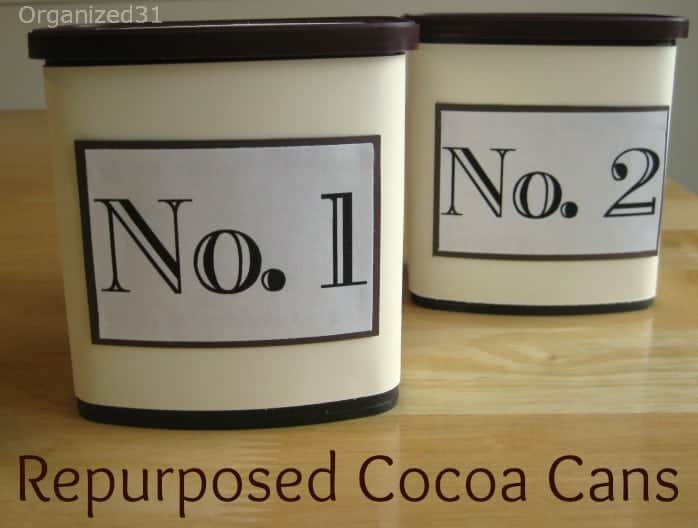
To start decluttering try my 30 Days of 10-Minute Decluttering Tasks. What will you do to be purposeful in practicing environmentally conscious organizing in your home?
Check out all my favorite repurposed organizing ideas, crafts, hacks and more in the table below. You can scroll though the table and look for ideas or search for specific ideas with the magnifying glass in the upper right-hand corner (on desktop). Click on the topic and then click through the specific article.

I’m a mom of 3, a veteran, military spouse. I’ve moved into 20+ homes all around the world. My passion is helping busy people make the space and time for what’s really important to them. Learn more about Organized 31 and me.
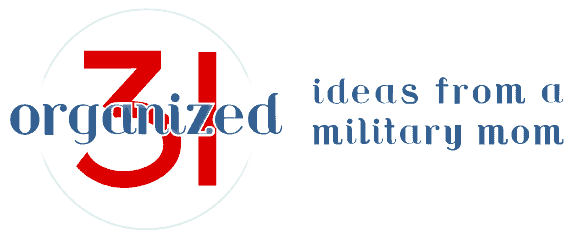
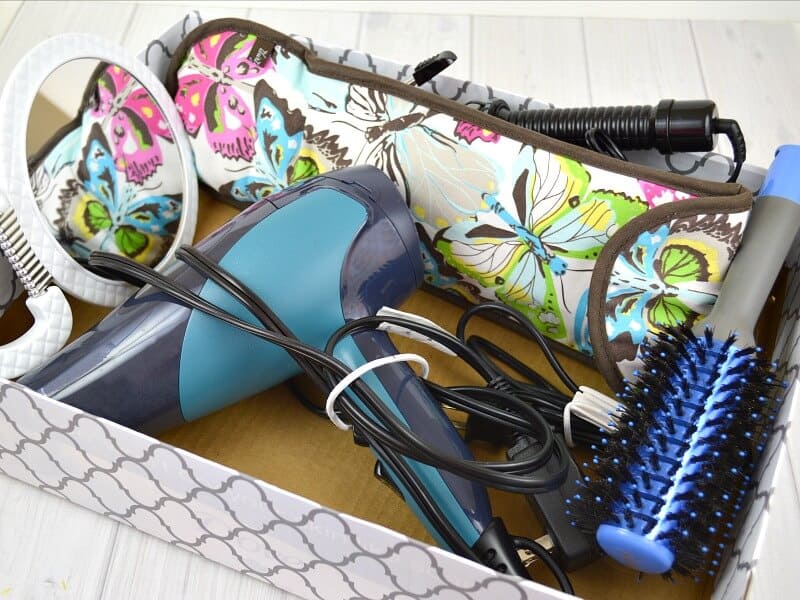
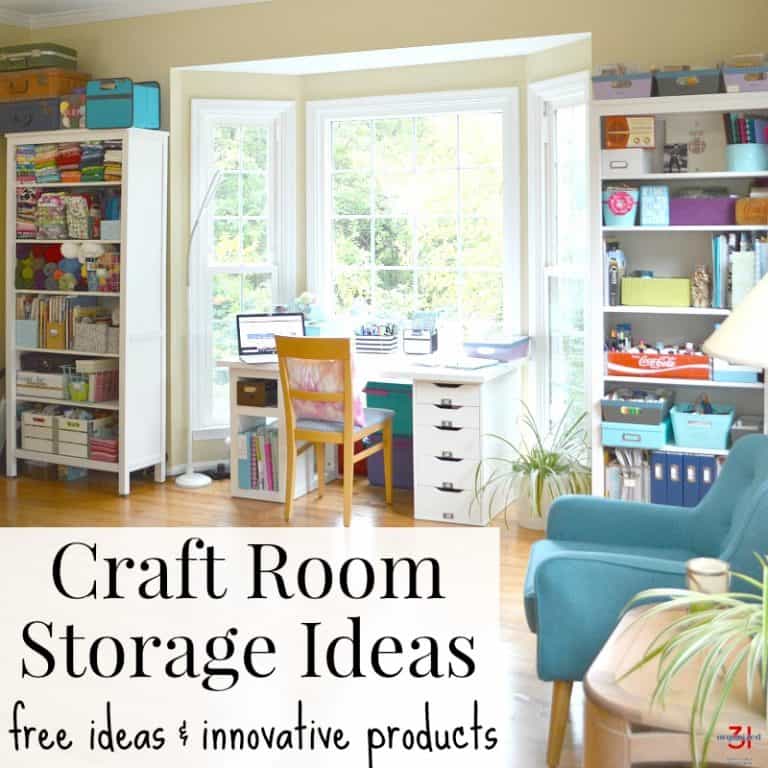


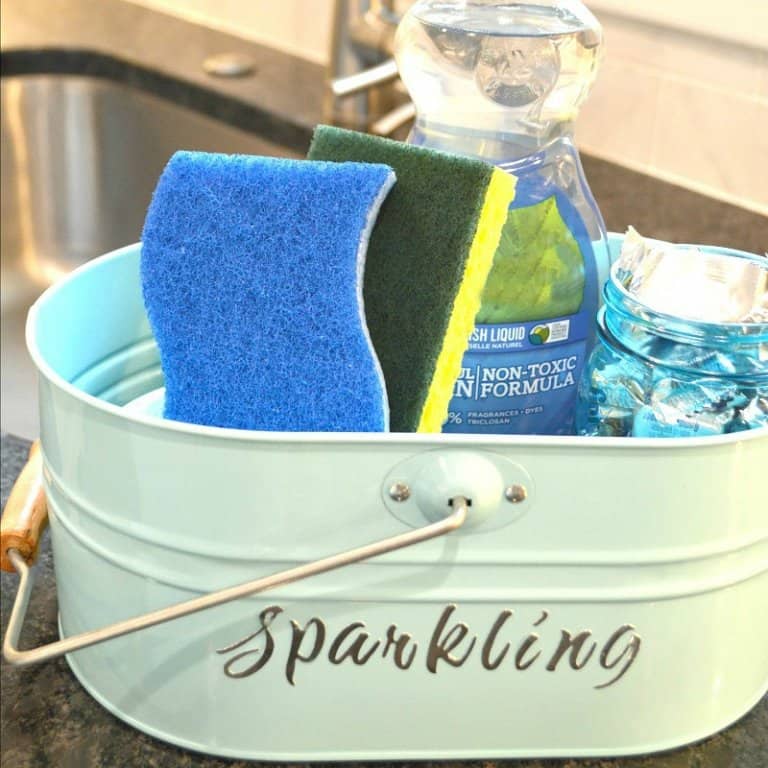
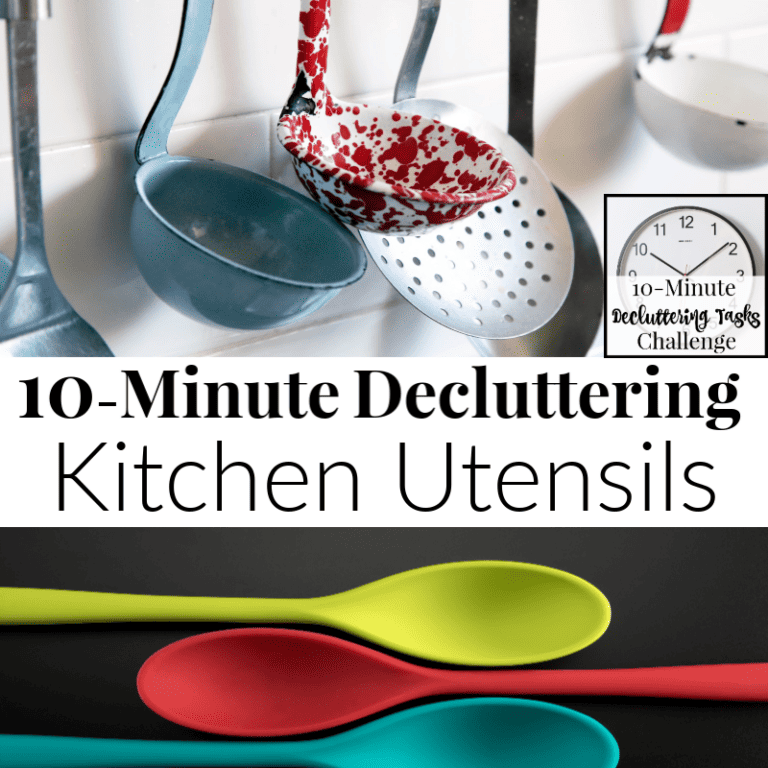
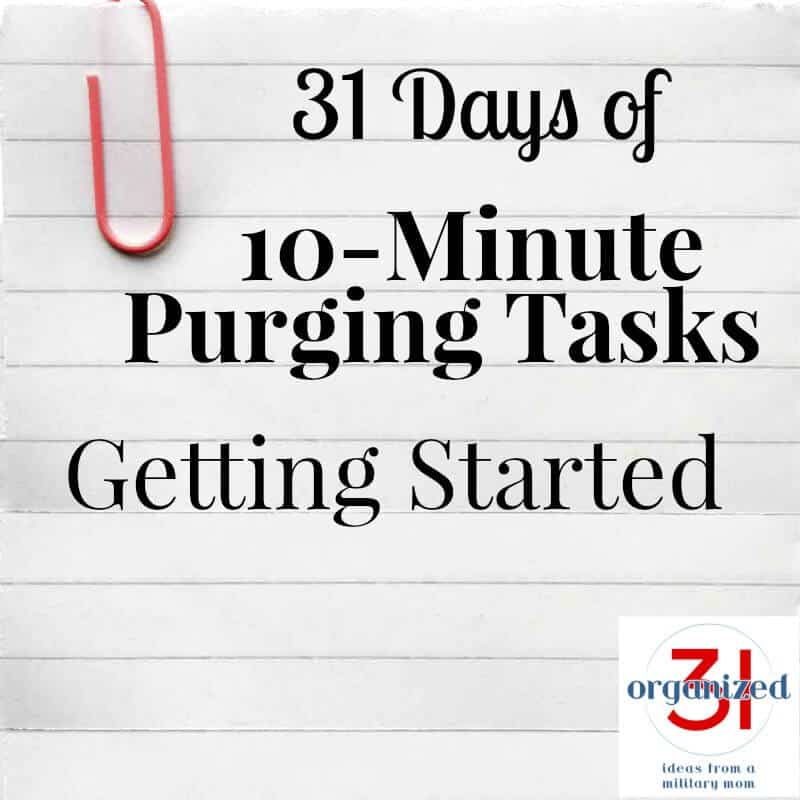
I never thought about recycling the can from an expired food item! I have always recycled the box it comes in, and just thrown away the contents, but never thought about doing the same thing with a canned good. Thanks for the suggestion!
Happy to share tips to help, Brenda :).